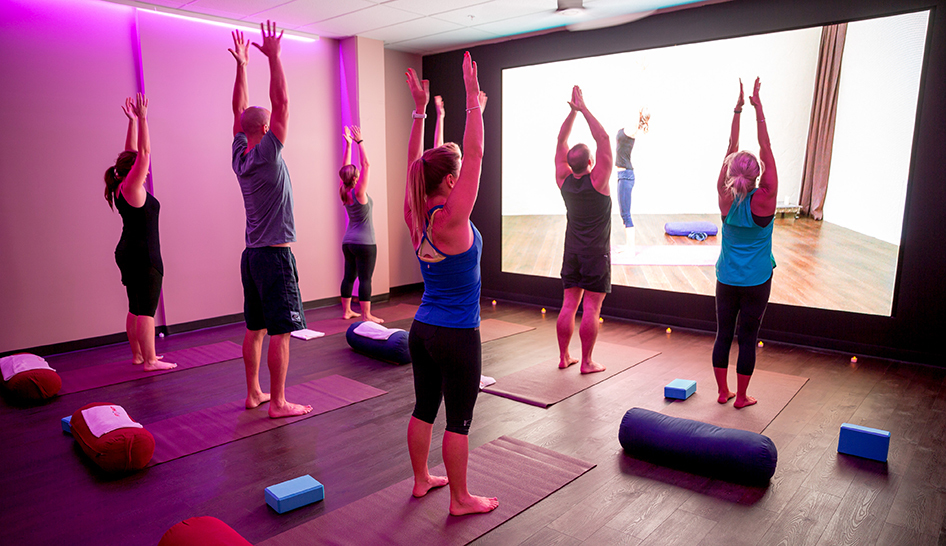When one thinks of VF, one generally imagines large—or huge—screens in dedicated studios, but, today digital programming, both recorded and live, also is being streamed to iPads, tablets, smartphones, other mobile devices, home television screens, and, even, home exercise equipment, such as the Peloton bike.
And what about the many TV exercise channels and shows, or the increasingly interactive consoles on commercial cardio equipment—do they, too, qualify as VF?
The Appeal of the Digital Domain
What’s the appeal? What’s the upside, and the downside, for users and clubs?
Digital services and devices are now ubiquitous. Many people take all of the ease, the convenience, and the endless doors they open for granted.
The modern consumer has adopted an “everything, everywhere, anytime” philosophy. In terms of fitness, they expect to have access to a virtually unlimited variety and number of workouts that complement their lifestyle, and that are available 24/7.
Clubs and other providers—or, if you will, competitors—are clamoring to meet the need.
For fitness facilities, VF holds out the promise of numerous benefits. Among them are greater utilization of underused studios, reduced training overhead, ease of operation, prospect and member appeal, applicability to every member population, increased sales, higher retention, the ability to serve members “outside” of the club.... The list, it seems, is limited only by one’s creativity.
VF allows facilities to introduce new class options in a cost-effective manner. “It boosts engagement and motivation by making it possible for clubs—ones that might not have the resources or instructors to introduce additional live classes—to offer their members more choices,” says David Packman, the marketing director for Wexer, a London-based VF provider.
“VF supports a company’s acquisition and retention efforts by connecting members with the club brand beyond the four walls of the facility,” says Jen Zygmunt, the senior vice president of sales and marketing for Wellbeats Inc., a VF producer based in St. Louis Park, MN. “By reducing the barriers to fitness, it can keep members involved with their club for a longer period of time.”
The question no longer is, “What is VF?” Or, “Does it work?” Or, “Is it a fad, or is it here to stay?”
The question today is, “How can you make work for yourself?”

